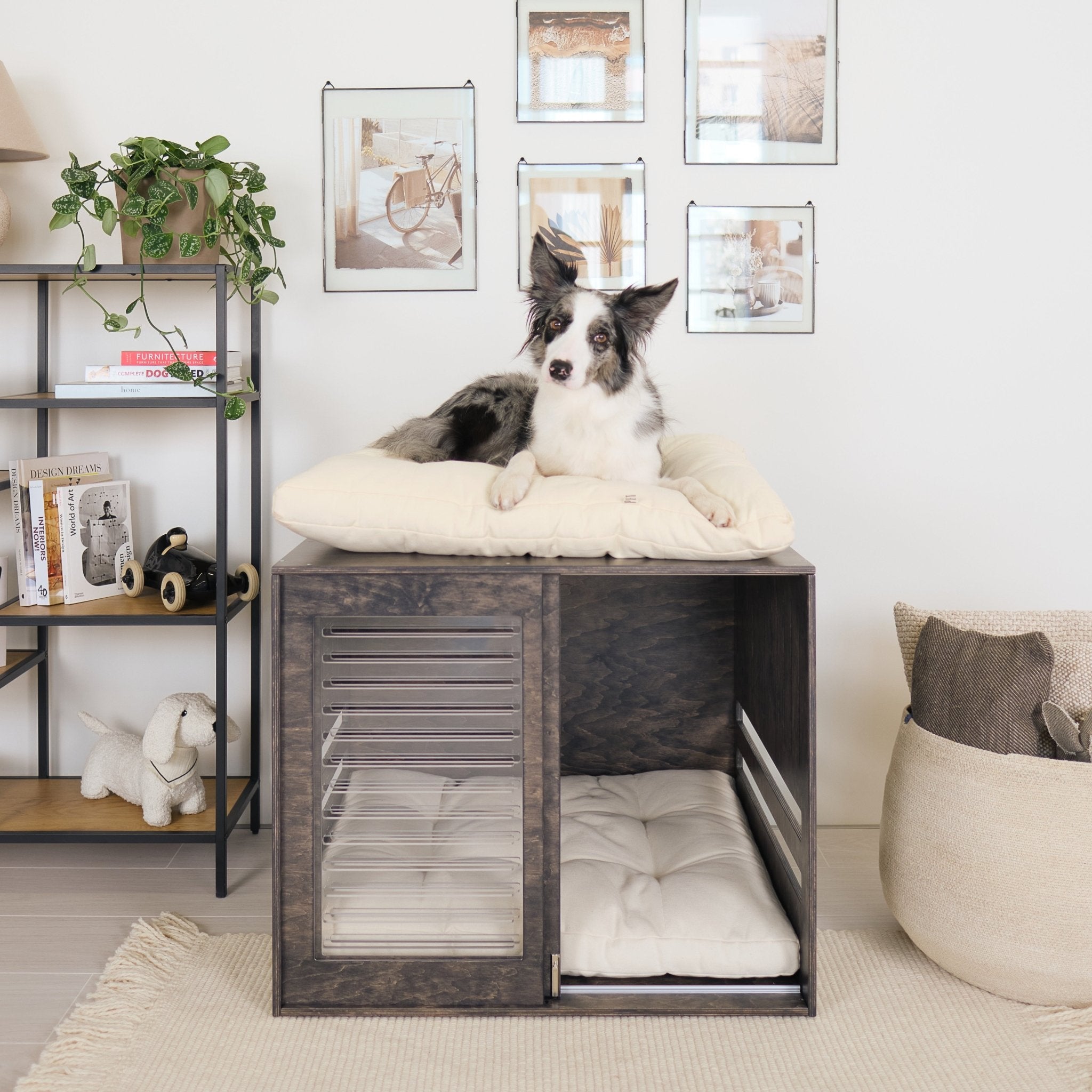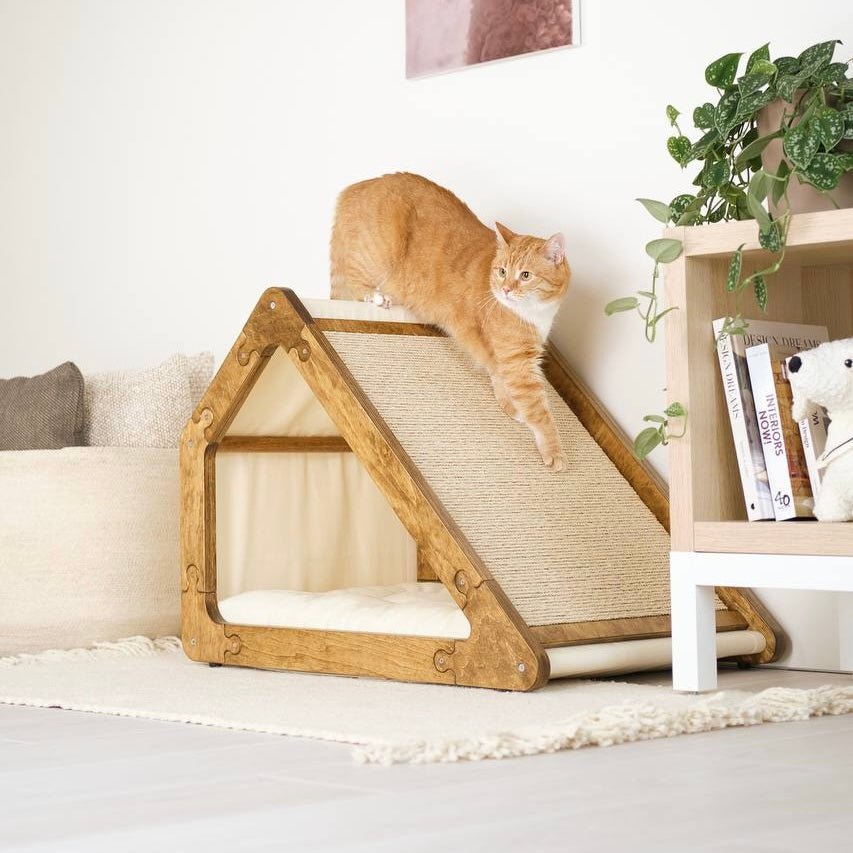
Puppy Potty Training Tips: Housebreaking Made Simple!
Utilizing Crate Training for Outdoor Potty Success
House training a puppy is a fundamental aspect of responsible pet ownership. It ensures a harmonious living environment and a well-adjusted canine companion.
Crate training is a widely endorsed method. It leverages a dog's natural instincts to facilitate effective housebreaking. For the best results, create a cozy space with our modern indoor dog houses. They perfectly complement the crate routine and help your pup feel safe at home.
Understanding Crate Training in Housebreaking
Crate training involves using a crate as a tool to manage a puppy's behavior. It helps establish a routine for outdoor elimination.
Dogs have an inherent tendency to avoid soiling their sleeping areas. This makes a properly sized crate an effective aid in house training. The crate serves as a safe haven. It helps puppies learn to control their bladder and bowel movements until they are taken outside.
Explore our curated selection of comfortable dog crates designed to provide both style and functionality.
Benefits of Using a Crate for House Training
1. Encourages Bladder Control
By confining the puppy to a crate, they learn to hold their bladder. This happens until the appropriate outdoor opportunity arises. It reinforces the habit of eliminating outside.
2. Prevents Indoor Accidents
A crate limits the puppy's access to the house. This reduces the chances of unmonitored accidents. It also promotes a consistent elimination routine.
3. Establishes a Routine
Regularly scheduled trips outside from the crate help the puppy. They associate outdoor areas with elimination. This aids in the development of a predictable bathroom schedule.
Implementing Crate Training for Housebreaking
Selecting the Appropriate Crate
Choose a crate that is just large enough for your puppy. They should be able to stand up, turn around, and lie down comfortably.
An oversized crate may encourage the puppy to eliminate in one corner and sleep in another. This undermines the training process. Browse available models in our dog crates & houses collection.
Creating Positive Associations
Introduce the crate as a pleasant space. Place treats, toys, and comfortable bedding inside. Allow the puppy to explore the crate voluntarily. This ensures the experience remains positive and stress-free.
Add extra comfort with our soft cotton cushions and covers.
Establishing a Consistent Schedule
Take your puppy outside to eliminate at key times. These include first thing in the morning, after meals, naps, play sessions, and before bedtime.
Consistency reinforces the connection between outdoor trips and the act of elimination.
Be sure to limit the time your dog stays crated. Read more in How Long Can a Dog Be Left Alone?
Monitoring and Gradual Freedom
Supervise your puppy closely when they are out of the crate. Gradually increase their freedom as they demonstrate reliable house training habits. This approach helps prevent accidents and reinforces appropriate behavior.
Expert Insights on Crate Training
Dr. Karen Becker's Recommendations
Dr. Karen Becker is a proactive and integrative wellness veterinarian. She emphasizes that crate training, when done correctly, provides puppies with a sense of security. It aids significantly in house training.
She advises that the crate should never be used as a form of punishment. For a safe setup, explore our comfort add-ons and accessories.
American Kennel Club (AKC) Perspective
The AKC highlights that dogs are naturally clean animals. They prefer not to soil their sleeping areas. Utilizing a crate taps into this instinct. This makes house training more efficient.
Scientific Perspectives on Crate Training
Research underscores the effectiveness of crate training in housebreaking when implemented appropriately.
A study published in Applied Animal Behaviour Science indicates that dogs exhibit stress responses when first introduced to confinement. However, they can adapt over time. This is especially true when positive reinforcement techniques are employed.
Important Considerations
Avoid Prolonged Confinement
Puppies have limited bladder control. They should not be left in a crate for extended periods.
A general guideline is that puppies can hold their bladder for one hour per month of age. The maximum is about four to six hours.
Make the crate time more enjoyable with PetSo accessories.
Recognize Signs of Discomfort
Whining, restlessness, or scratching at the crate may indicate the need to eliminate. Respond promptly to these cues. This prevents accidents and builds trust.


